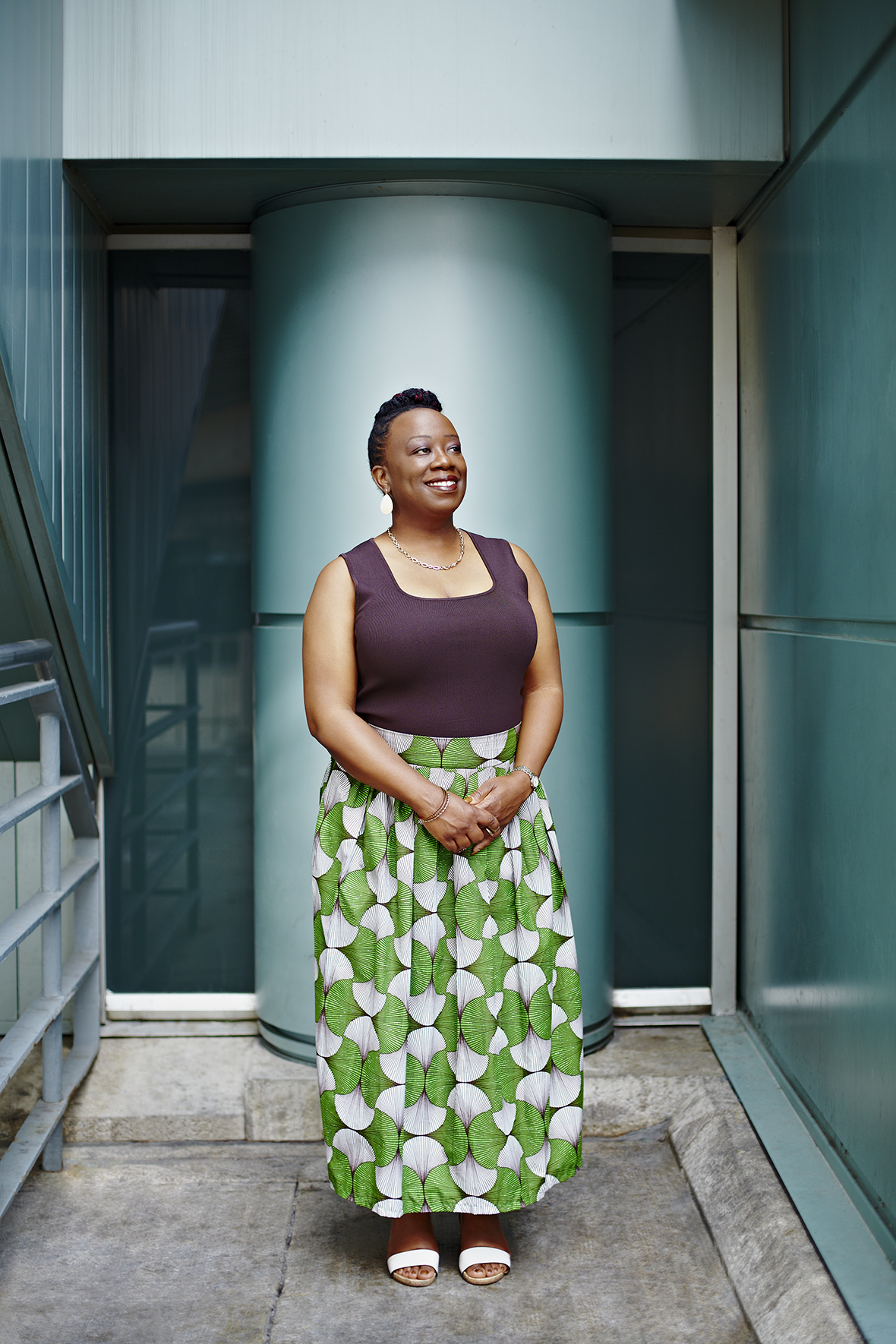View
One Too Many
by deirdre Kelly
photography by Sofie Kirk
The Underground Railroad, the covert network of escape routes that brought at least 30,000 fugitive slaves from the American South into Canada, has long been a point of national pride. Canadians like the idea that the former British colony served as a terminus for freedom fighters fleeing persecution south of the border during the first half of the 19th century.
It provides us with a sense of moral superiority over Americans – a status many Canadian history books, in their retelling of the Underground Railroad story, take pains to emphasize.
But while Canada did, once upon a time, provide a haven to African–American freedom-seekers, it shouldn’t feel smug about it.

The former British colony did its own share of enslaving, argues Natasha Henry (BA ’99, BEd ’99, MEd ’16), a York University PhD student in the Department of History who is studying the subjugation of Black people in Upper Canada as part of her doctoral thesis.
In the 1960s, a comprehensive study was done on slavery in Lower Canada, but nothing similar has been undertaken for Upper Canada.
Henry’s research reveals that the enslavement of Black people continued for approximately 200 years in Canada until the Slavery Abolition Act of 1833 eradicated the practice across the British Empire the following year. “That fact isn’t well-known,” she says.
“Unfortunately, even in 2020, there are many people who still are not aware of the history of the enslavement of Black people here in Ontario. My interest lies in trying to ensure that more people are aware of it, to understand our very own Canadian slave past and to recognize and honour those experiences that have been silenced and forgotten for a very long time.”
The first enslaved Black people in Canada came after the founding of New France on the shores of the Saint Lawrence River early in the 17th century.
Gradually, slavery increased in other parts of Canada, particularly between the years 1775 and 1783. That is when scores of American colonists loyal to the British during the American Revolution fled with their human property across the border, settling in the Maritime provinces, as well as Lower and Upper Canada, as Quebec and Ontario, respectively, were then known.
Most enslaved Black people were brought to the New World and forced to work on agricultural plantations, something that Canada’s harsh winters and shorter growing seasons could not sustain. Consequently, slaves were far less numerous in Canada than in the much warmer West Indies, Latin America and United States.
There were 3.9 million slaves south of the border, according to 1860 census figures. In comparison, only 500 enslaved Black people were in Upper Canada at any given time, says one account Henry studied for her research. But for the scholar, who has entitled her dissertation One Too Many, that hardly seems the point.
“I am trying to disrupt the idea that since the numbers overall were small, slavery was insignificant,” she says.
In addition to Ontario archival records, Henry is also looking at diaries, ledger books and personal correspondence as part of her ongoing research to uncover real-life names and narratives that might help to illuminate the experience of enslaved Black people on an individual level.
The eventual goal is to compile these human stories and any new information she discovers into a digital database to help make the history of enslaved Black people in Canada accessible to all.
“I want to take this academic research beyond these walls, bring it into schools and out into the open,” Henry says. “I want young people to be engaged in our history, even the history we sometimes don’t want to acknowledge.” ■